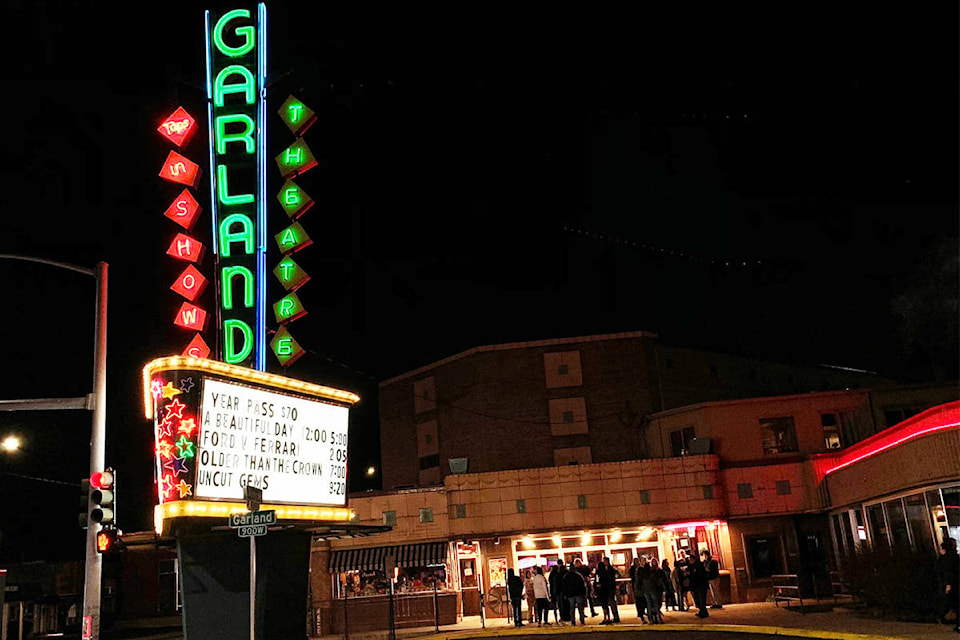By Eileen Delehanty Pearkes
How did each of us we find this place? What drew us here? What makes us want to stay?
So many stories. I love hearing them all. One friend first came through the region in the early 1980s on his motorcycle and never forgot the beauty he encountered. When he retired, it was here. Another found the region through skiing. Still another, through a passion for fishing. Some invent jobs. Some have taken a demotion to stay. Many of us have changed our lives to live in this magnetic place.
When I moved to the Kootenays in the mid-1990s, I did not expect to find an untold story beneath the surface of Nelson’s public culture, one that altered the course of my life as a writer. My curiosity about Indigenous cultures was met at that time by blank stares or only scraps of information. I found myself digging pretty deep. The result was my book The Geography of Memory, an account of one of the lost tribes of British Columbia.
A few weeks ago in Spokane, I attended the premiere of a new documentary about the Sinixt, at the historic Garland Theater. Sandwiched between showings of Uncut Gems and Ford v. Ferrari, the movie Older Than the Crown is the creation of filmmaker Derek LaMere, an “American” man with a Sinixt ancestry that spans the boundary. The theatre was filled with “extinct” Sinixt people, a jubilant crowd celebrating and learning some of the fine points of the long legal struggle to be granted aboriginal rights in British Columbia.
Older Than the Crown will premiere in Canada in Nelson tonight at the Capitol Theatre. Those who attend will support the tribe’s fundraising effort to take as many Sinixt people to Ottawa as they can, where they will stand before Canada’s highest court sometime this spring. Yes. That’s right. Their three wins in B.C. courts are being tested once again. The Inchelium Drum (called “Noisy Water,” after the Kettle Falls fishery) needs to go to Ottawa, too, along with its 10 drummers. They will fill the air outside the courtroom with the heartbeat of this upper Columbia River landscape.
The film records the integrity and sense of purpose that drives this tribe’s struggle for recognition. Would I work so hard, so persistently, to prove my own existence? I’m not sure.
In 2010, a Sinixt man living in Washington state hunted in his traditional territory above the international boundary without a B.C. license. I attended the court hearing in Castlegar later that year, where he pleaded not guilty, based on his aboriginal rights. In claiming a right the B.C. government had removed from his tribe without their permission, he stepped onto the long, winding road to Ottawa.
At issue is the fundamental right to exist, in a category that may well unify national identities rather than divide them. As a permanent resident of Canada since 1985, I have belonged in both places for most of my adult life. Why can’t the Indigenous tribe do so as well? This case is about more than just the strict legalities, however. It prompts deeper questions. What makes any of us feel that we belong? What right does each of us have to call a place home? Writing about Sinixt culture all these years has helped me expand my understanding of this landscape, and affirm the integrity of truth.
Eileen Delehanty Pearkes writes here once a month.
